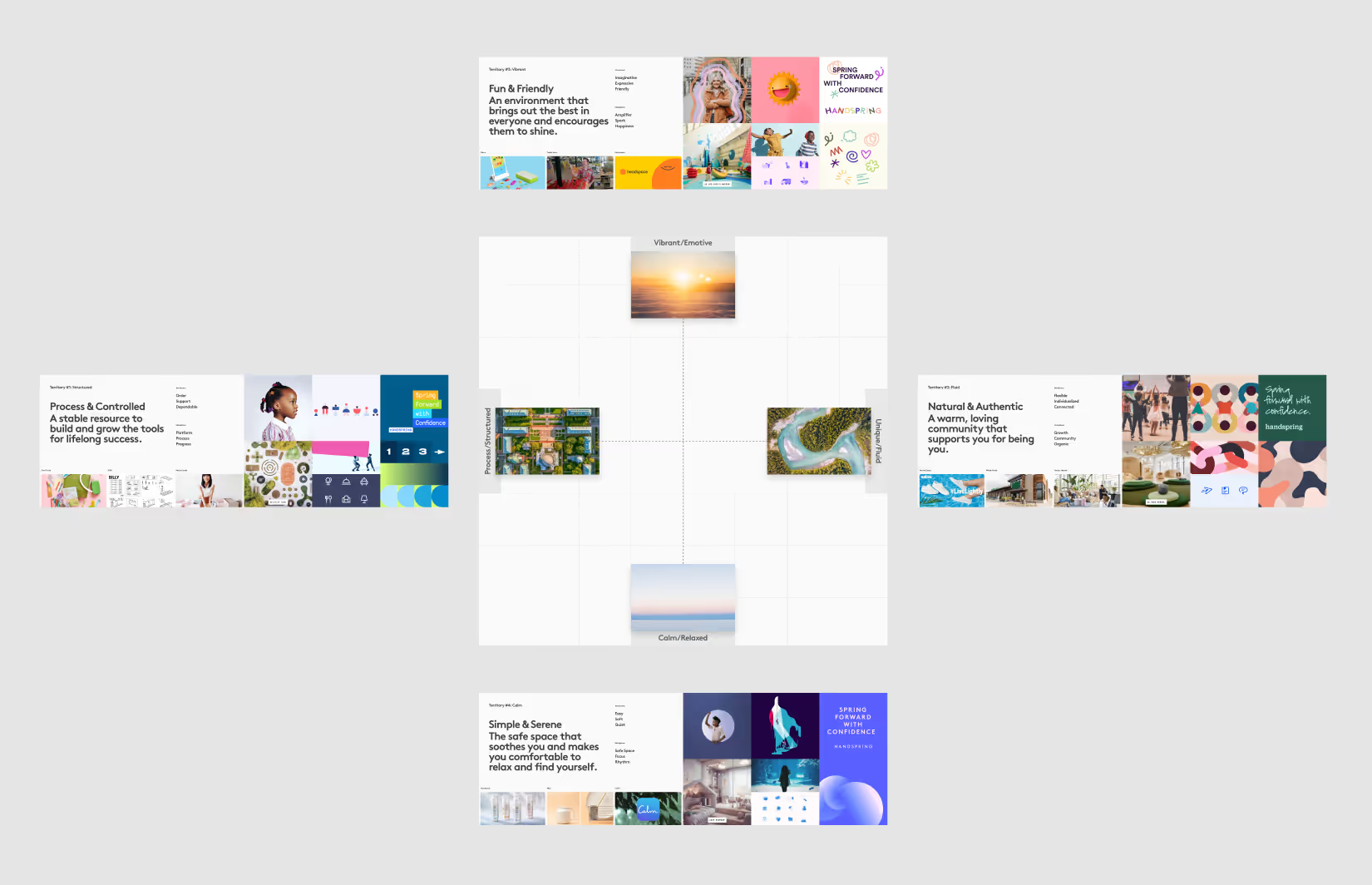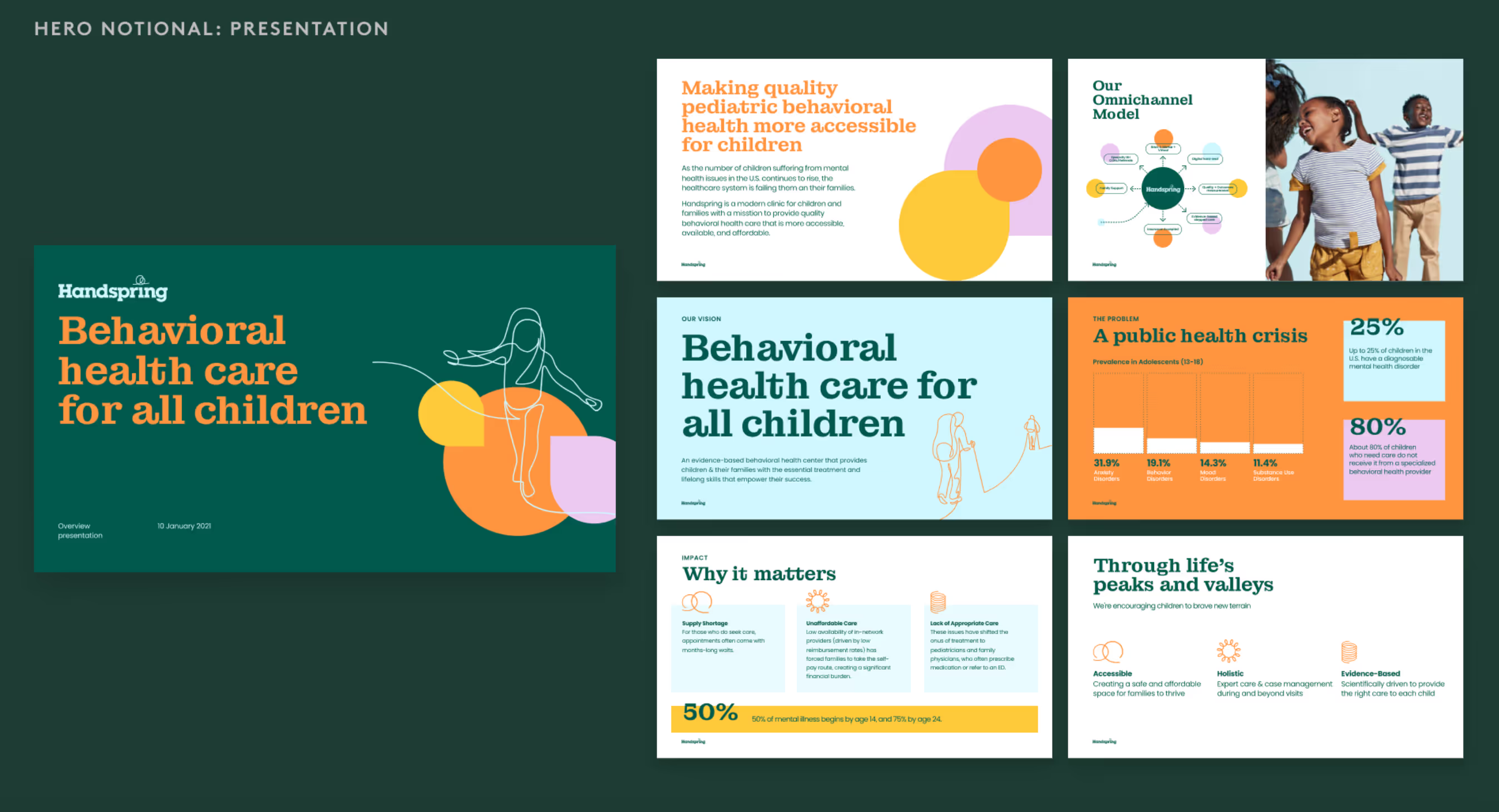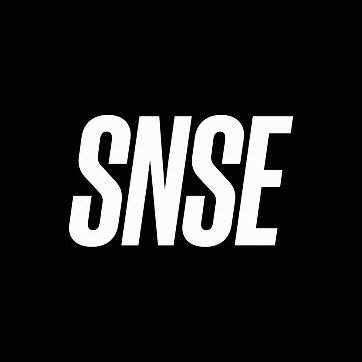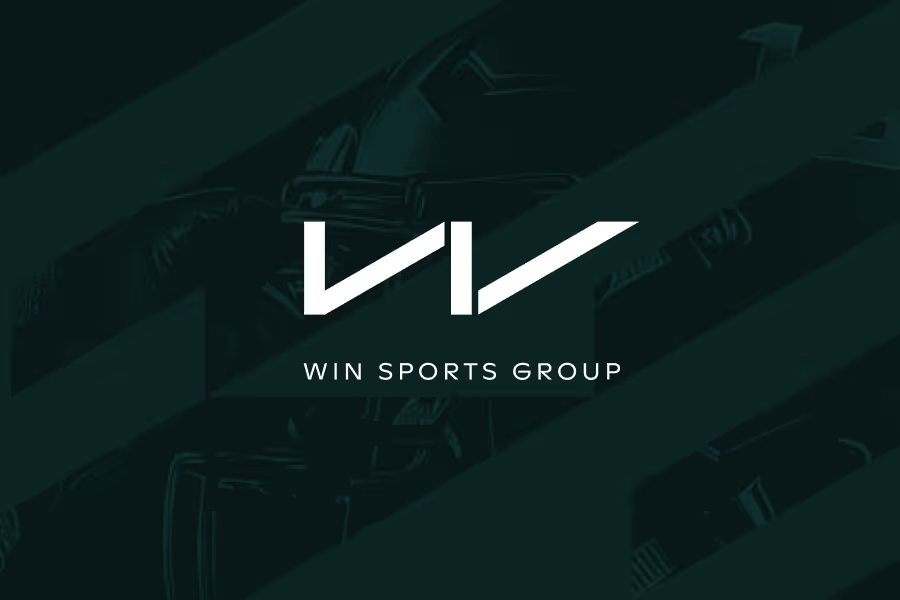If you're here, you understand that a brand extends beyond mere logos, colors, and fonts. Instead, it serves as a reflection of your company, product, or service. It evokes the mood, communicates a message, embodies personality, conveys values, and encapsulates the overall essence of your identity to your audience. When you're prepared to make a mark in the market, recognize that simply applying colors and using AI-generated logos would be doing your company a disservice. We're here to lead you through our process of creating brand identities that effectively communicate your unique value proposition and tell a compelling story.
Create your brand platform

The first step to creating your brand platform is understanding who your customers are. You’re not creating a brand for yourself after all. We always recommend conducting audience research to learn more about your target audience (check out our guide to conducting user interviews). When you're satisfied with your research, construct user personas that authentically encapsulate your audience. These personas will then serve as the foundation for shaping your brand platform.
Following that, organize a brand platform session guiding team members through a series of exercises: brand positioning, brand pillars, and brand personality. We conduct these sessions lasting 1.5 to 2.5 hours via Figjam. The result is a comprehensive virtual whiteboard containing the team's collective insights on what we do for people, how we differentiate ourselves, why anyone should care, what we stand for, and our brand personality. Subsequently, our team synthesizes these insights into a brand platform, which serves as the cornerstone and guidelines for all subsequent brand elements.
Develop the brand name

It’s time to name your company. A great name is short, easy to pronounce and spell, tells a story, is open for trademark, and meets URL needs. Using the brand platform as a guide, brainstorm and vote on 200+ name options. Prioritize quantity over quality, as even concepts you might initially dismiss as less favorable could spark a great idea for someone else. Have your team vote and from there, narrow in on the names with the most love. Apart from simply accumulating the highest number of votes, the subsequent step involves ranking the names through a comprehensive vetting process. This entails evaluating them against a range of criteria: assess their alignment with your brand platform, examine the availability of corresponding domains, delve into the SEO landscape, and initiate an initial audit with the United States Patent and Trademark Office (USPTO).
From there you can assign each name a rank from Ruled Out to Does Not Clear to Good to Better to Best. Once you’ve got a set of your top 2-3 contenders, the next step is to test these names with your target audience (we do this through Pollfish) with two objectives: 1) to understand how each name performs against your brand’s equity attributes, and 2) to check for any red flags you may have missed thus far (cultural connotations, very negative reactions, broad misinterpretations of the name).
Find out what comes to mind when your target audience hears the name, and understand from their perspective what type of company they think you’d be, among other things. Avoid testing multiple names in a single survey; comparison isn't the goal. Gauge how each name resonates with the audience and use those insights to make an informed decision that aligns with your brand vision. Public preference often favors descriptive names, but names like Uber defy this. Embrace criticism; choose a name as a vessel for future brand growth and connection - you know your company best.
Try the name on in different contexts, amongst a set of potential partners, make sure it feels right. And, the last step, once you have your winners, engage a trademark attorney to ensure you can make it yours. For full details on naming a company, check out our naming article - What’s in a Name.
Develop the brand identity

You’ve honed your message and decided on a name - now it’s time to visualize your brand.
Examine your competitors' visual identities to discover opportunities for differentiation. Dare to be different, but remember you still want to be representative of the category. Then, start with a moodboard activity, which we call a brand territory exercise, where your creative team can narrow in on the most important metaphors to focus on when developing brand direction options.
Using your brand pillars, identify 3-4 potential moods your visual identity could evoke and visualize them through moodboards that help bring your brand attributes to life. We like to incorporate inherent tensions, such as the balance between a human touch and technological enablement. The objective is not to settle on a single territory, but rather to determine the optimal blend of each aspect that aligns with your brand. In doing so, consider all aspects of your brand. Say, if your naming survey reveals that the name doesn't strongly reflect the human aspect of your brand, it might be worthwhile to enhance that dimension within your visual identity.
Once you've established your position along the spectrum, the design team can begin generating 3-4 potential pathways for your brand identity. Your final approach will likely be a fusion of several directions, incorporating preferred elements from each. After refining the chosen direction, designers will proceed with developing the go-to-market brand. Following a few collaborative iterations and adjustments, you'll successfully solidify the identity, culminating in a comprehensive brand system: encompassing a wordmark, color palette, typography, photography style, illustration approach, graphic elements, iconography, and thorough brand guidelines.
Bring the brand to life


The brand identity is done and now it’s time to introduce it to the world (outside of your Figma files).
Apply the brand across all needs: website, product, packaging, social, print, environmental, and more. Ensure that new brand executions align to the brand strategy & identity - abiding closely to the original brand concept helps to ensure brand recognition and recall over time.
...
Congratulations - you’ve made it through the process and landed on a brand that is distinct (stands out from competitors), memorable (makes a visual impact), and compelling (tells a story that is authentic and meaningful). Trust us, in a world saturated with visual stimuli and fleeting interactions, the essence of your brand becomes paramount. As you embark on the journey to introduce your company, product, or service to the world, remember that a profound brand identity is not just an option, but a necessity. It's the fusion of intention, emotion, and design that sets the stage for genuine connections. Trust us, you’ll be happy you invested in a brand that truly represents you and is positioned for growth.
At Creature, we’re working with clients to craft the brands of tomorrow every day. Want help with your brand? Reach out.








